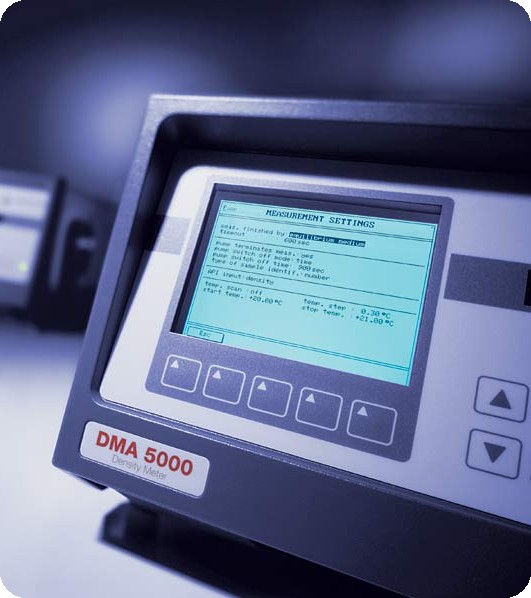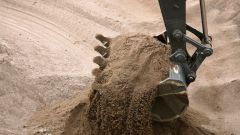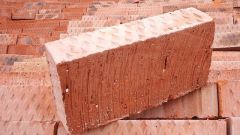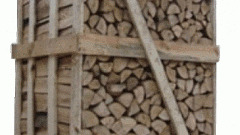You will need
- calculator, table of density of a substance
Instruction
1
If we know the mass of the object, and you want to determine its volume, then turn a specified number of kilograms to cubic meters. To do this, divide the mass of the object to its density. That is, use the formula:
Km3 / Yr = Kkg / P,
where Km3 - the number of cubic metres,
Kkg – the number of kilograms
P – density of the substance expressed in kg/m3.
Km3 / Yr = Kkg / P,
where Km3 - the number of cubic metres,
Kkg – the number of kilograms
P – density of the substance expressed in kg/m3.
2
Example.
What tank capacity will need to store tons (1000 kg) of gasoline?
Solution.
1000/750=1,33333 m3.
Rounding in this and similar cases it is better to produce in a big way, as the density of matter is not constant and depends on many factors (temperature, humidity, etc.).
Therefore, the "correct" answer will be: 1.4 cubic meter.
What tank capacity will need to store tons (1000 kg) of gasoline?
Solution.
1000/750=1,33333 m3.
Rounding in this and similar cases it is better to produce in a big way, as the density of matter is not constant and depends on many factors (temperature, humidity, etc.).
Therefore, the "correct" answer will be: 1.4 cubic meter.
3
If the density is unknown, determine it according to the appropriate tables of the density of a substance. Note that the density of the substance must be indicated in kilograms per cubic meter (kg/m3). This unit is the density of a substance is standard and found in most dictionaries. However, in practice you can often find other, non-si unit of measurement of density of liquid and solids – grams per litre (g/l). The numerical value of density specified in g/l, can be used as kg/m3 without any coefficients. If the density of a substance is specified in kilograms per liter (kg/l), to translate it in kg/m3 divide this value by 1000.
Clearly these rules can be written in the form of simple formulae:
Pkg/m3 = Ng/l
Pkg/m3 = Pkg/l / 1000,
where: Pkg/m3 PG/l, Pkg/l – density given in kg/m3, g/l, kg/l, respectively.
Clearly these rules can be written in the form of simple formulae:
Pkg/m3 = Ng/l
Pkg/m3 = Pkg/l / 1000,
where: Pkg/m3 PG/l, Pkg/l – density given in kg/m3, g/l, kg/l, respectively.
4
If the substance for which you want to translate kilograms into cubic meters - water, simply divide the number of kilograms by 1000. Use the same rule for determining the volume of low-concentrated solutions of substances. Of course, it must be a real solution, and not the same consistency as, for example, "the cement solution".
5
If the object consists of an unknown substance or mixture of substances, try to determine its density alone. To do this, separate the part of the object, determine its mass and volume, and then divide the mass by the volume. If the substance is a liquid, pour the liquid into a measuring capacitance, determine its mass (net) and divide by the volume. Similarly, we can determine the density of bulk materials.





